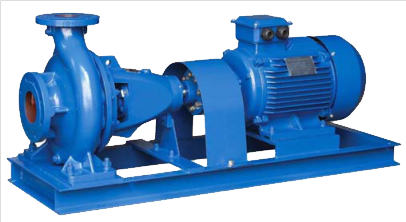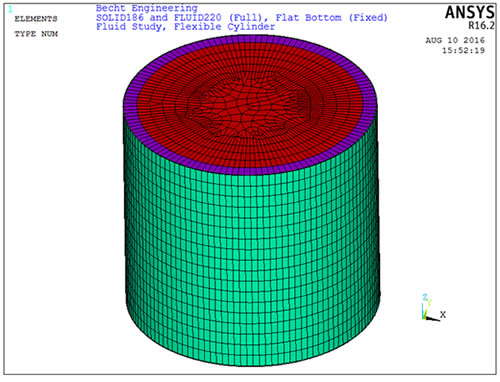Equipment Nozzle Loads
by Greg Hollinger and George Antaki One of the qualification requirements for a piping system is to keep the loads imparted by the piping on equipment nozzles within certain allowable limits. These loads consist of sets of three forces and three moments, for the various load combinations. There are basically two types of nozzle load limits: […]







